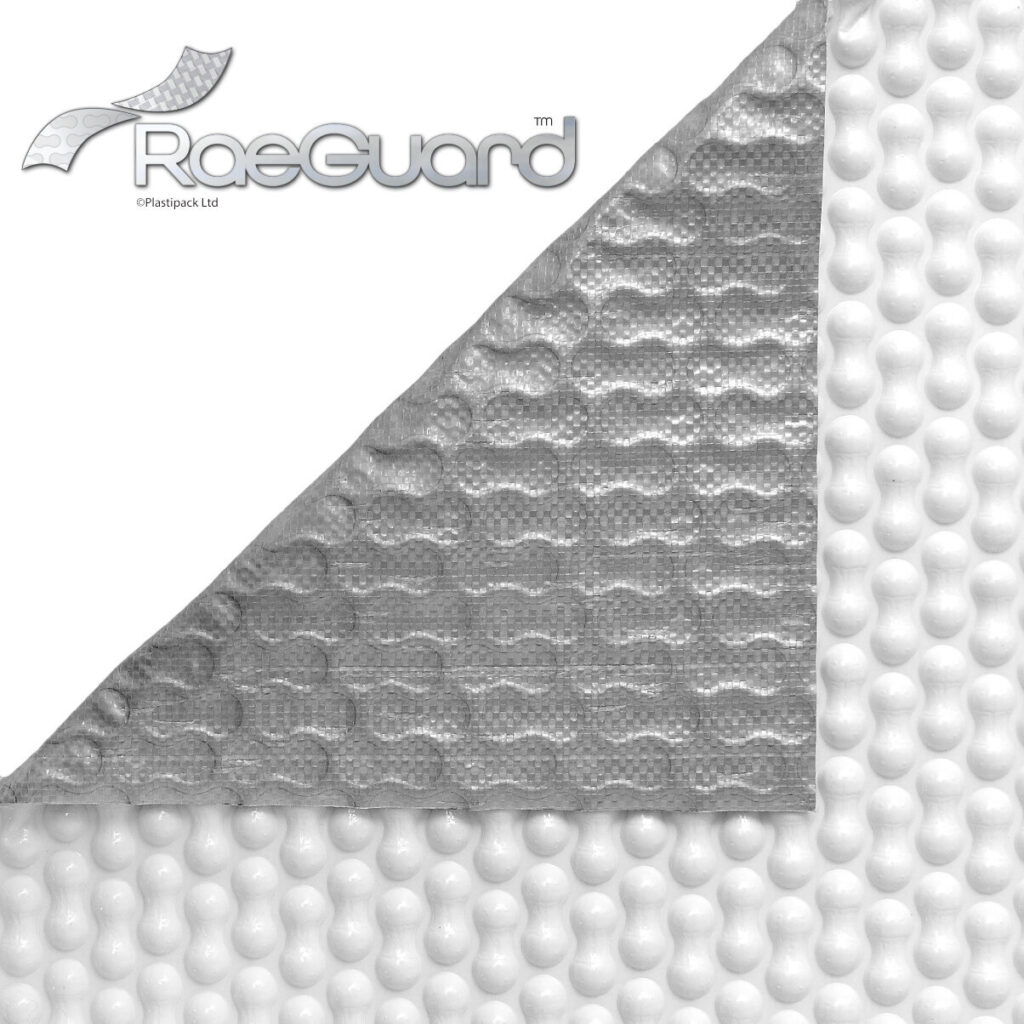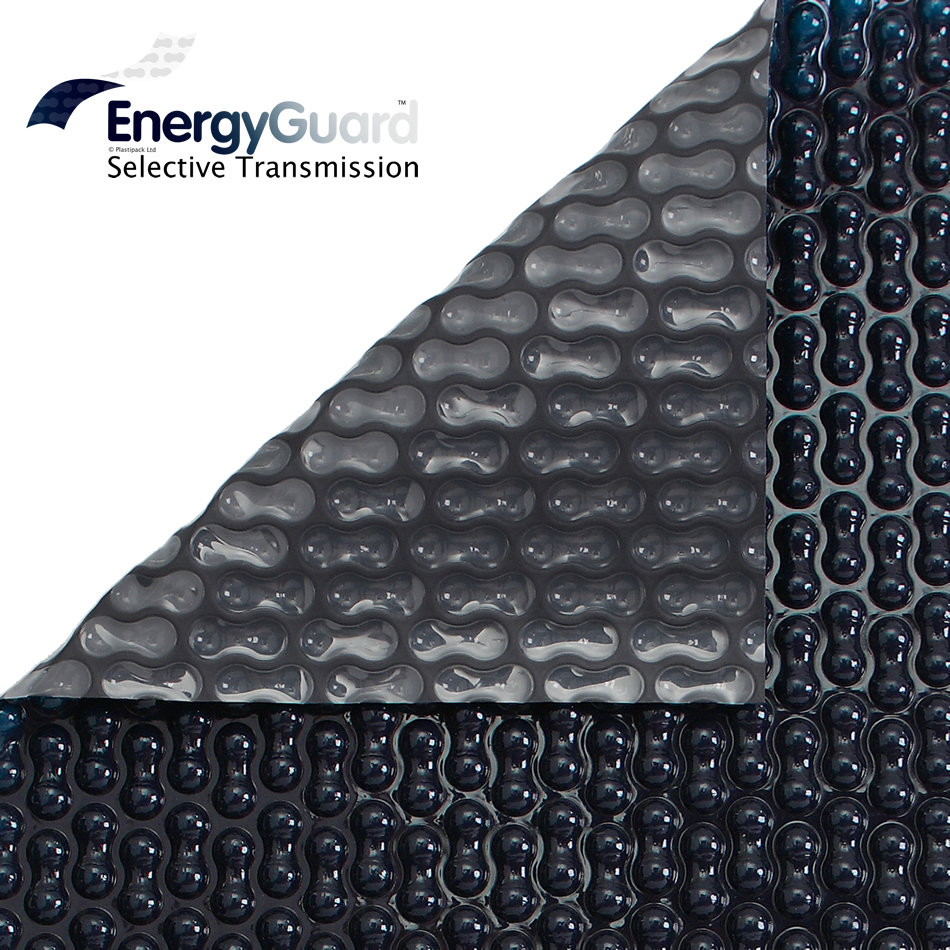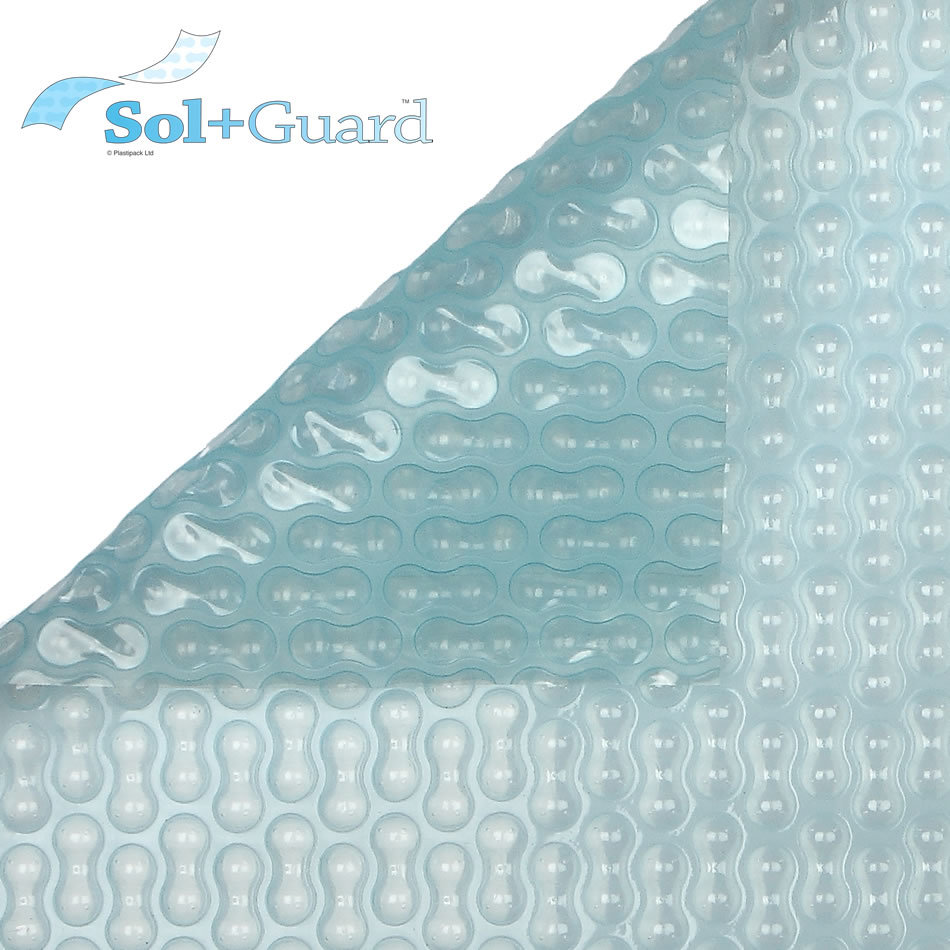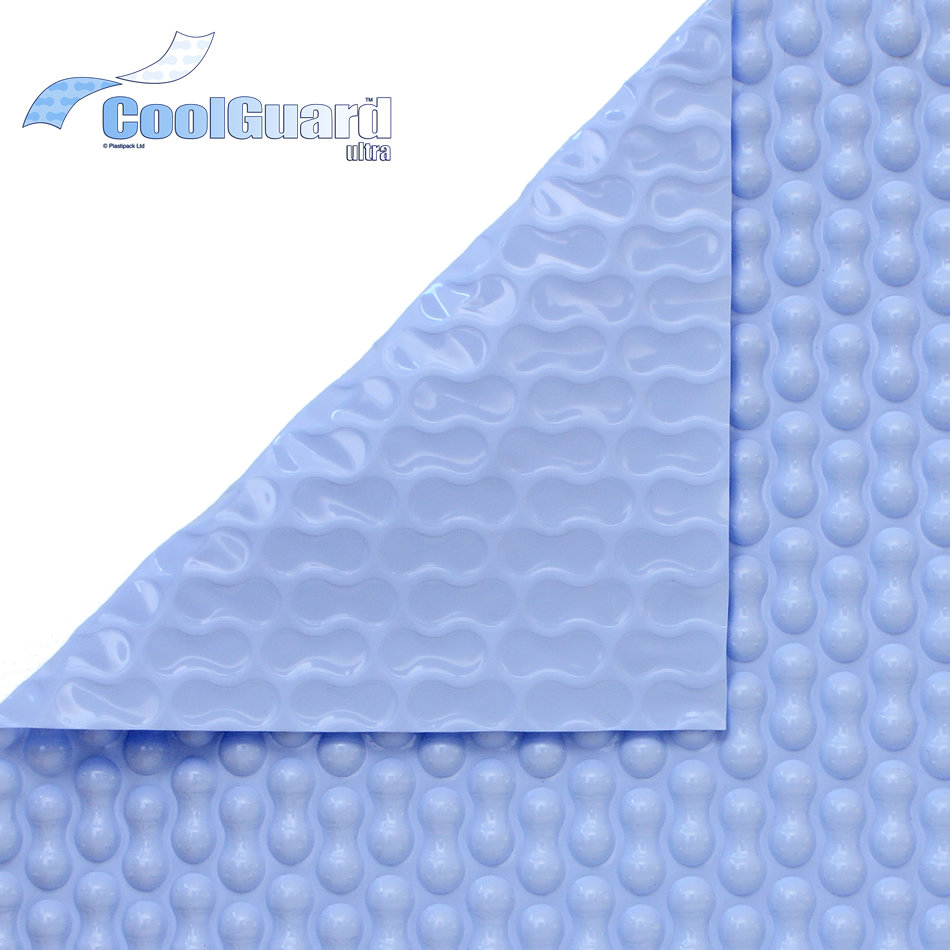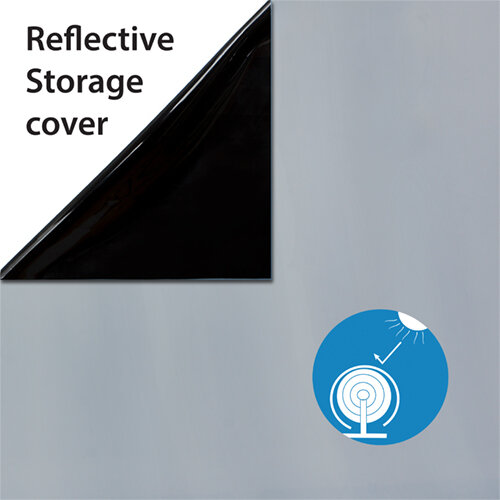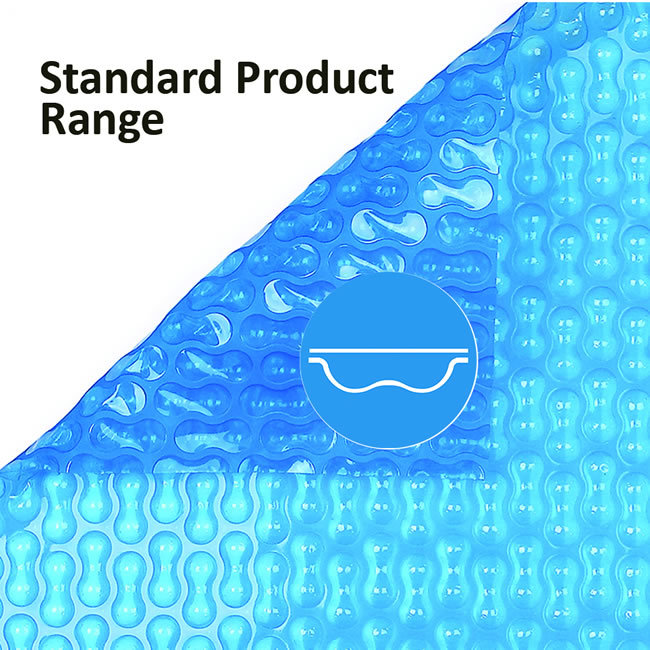Getting the Most Out of Your GeoBubble™ Pool Cover
If you’ve got this far, then you’ll know that covering your pool is going to save you time and money, but do you know how to get the very best savings possible?
The team here at GeoBubble™ have collated some key tips and advice to help you get the most out of your pool cover, and the best performance possible.
Check Your Chlorine
It’s best practice to completely remove your cover from your pool when chemically shocking, and also whenever your pool water is out of balance. Although chlorine is of course excellent at keeping your pool water sparkling clean, prolonged elevated chemical levels can accelerate the degradation of your cover.
By putting a cover on an over-chlorinated pool, you risk it becoming bleached and brittle and could significantly reduce its useful life. You should only re-cover your pool once chlorine levels are safely between 2-4 ppm.
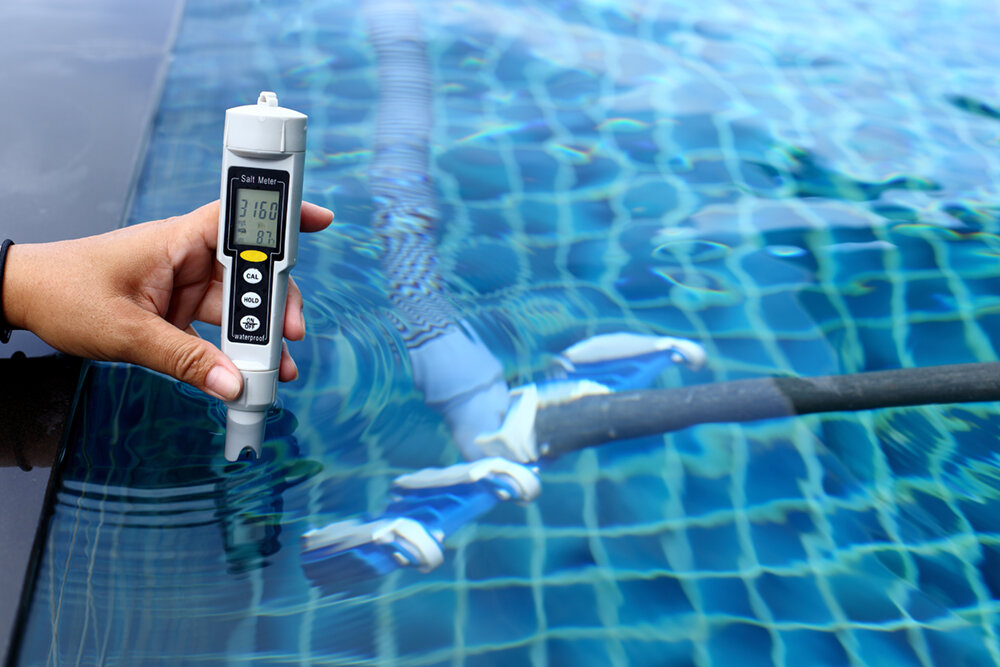
Considerations for getting the most out your automatic dosing system:
Covering your pool will significantly reduce the rate at which the chlorine is depleted from your pool. It is important to adjust your automatic dosing system accordingly when installing a pool cover, as your water can quickly become over-chlorinated and can cause damage to your cover if left unchecked. Turn the system right down and monitor the chlorine level. This prevents over-chlorination and allows for a well-balanced pool with the minimum chlorine consumption, also ensuring your cover reaches or exceeds its expected lifespan.
Top tips to remember:
- Always remove your cover when shock dosing the pool.
- Use a heat reflective storage sheet when the cover is off the pool.
- A well-balanced pool saves time and money.
- Select the cover that meet your needs.
- Most importantly – when it’s covered, you’re making savings! Remember to keep the pool covered when not in use.
Covering your pool with EnergyGuard™ Selective Transmission can provide even greater chemical savings and reduce time spent on maintenance. This is due to the cover’s ability to inhibit algae growth, reducing chemical requirements by up to 60%.

Evaporation
Evaporation prevention saves water and energy. By preventing evaporation, a cover can mitigate heat loss, water waste and chemical consumption.
To achieve the highest benefit from your cover, it should be installed on the pool whenever the pool is not in use. This will prevent heat loss and preserve the water inside the pool.
Increasing pool temperatures
A standard solar pool cover will increase the pool’s temperature by up to 3 degrees. With a high-performance cover such as Sol+Guard™ temperature gains can be as much as 8 to 10 degrees.
To get the pool to a comfortable swimming temperature as quickly and efficiently as you can, set the filtration system to run through the hottest parts of the day. Where possible, direct the inlet nozzle to push cooler water from the bottom of the pool upwards towards the underside of the cover.

This circulates the water and makes the most of the available IR radiation, which will be absorbed up to 50cm of the pool’s depth.
To achieve the highest temperature gains, keep the pool covered when not in use to reduce evaporation cooling.
Keeping a pool at a comfortable temperature
For warmer climates where the pool water often becomes too hot for comfortable swimming, use the filtration system overnight with the inlet nozzle directed at the water’s surface.
Use a heat reflective cover such as CoolGuard™ Ultra to reduce solar gains through the day.
Once the pool is at the desired temperature keep the pool covered whenever not in use. CoolGuard™ Ultra’s heat reflective technology and insulating bubble will maintain the pool temperature, while preventing water waste through evaporative losses and reducing energy consumptions of chiller systems.
Set your reel system correctly
Covers can be scratched and air cells damaged when dragged repeatedly on the pool surroundings. Set your reel system forward to lift the cover off the pool water. This prevents scuff marks on the bubble layer and maintains the aesthetics of the cover.
Use a Reflective Sheet
We highly recommend ensuring that you shield your cover with a heat reflective storage sheet when it is not in use. A cover without a reflective sheet can be up to 30°C hotter than one that has a reflective cover. A pool cover is an excellent insulator both on and off the pool! When on the reel system and in direct sunlight, heat can quickly build up between the layers.
This can cause the material to deform and become malleable. As the cover cools the thermoplastic material sets to its new shape on the reel, leaving you with a lumpy cover when back on the pool.
By using a reflective sheet, you can prevent your cover from getting too hot on the reel system, by reflecting away the Sun’s heat and preventing any damage to your cover.
Invest in a good leading edge
Particularly on large pools pulling a cover back onto the pool can be more work than it needs to be. A good leading edge pulls the cover out evenly and with little effort.
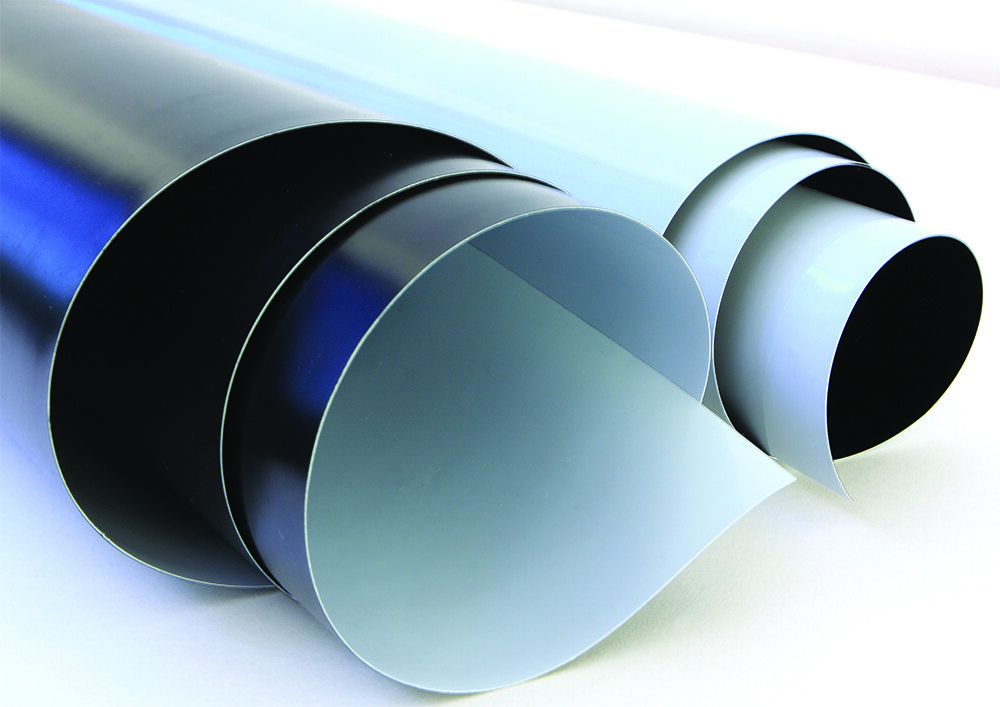
For more information about how to care for your cover and what warning signs to look out for, see our ‘Who Killed the Cover?’ blog.













